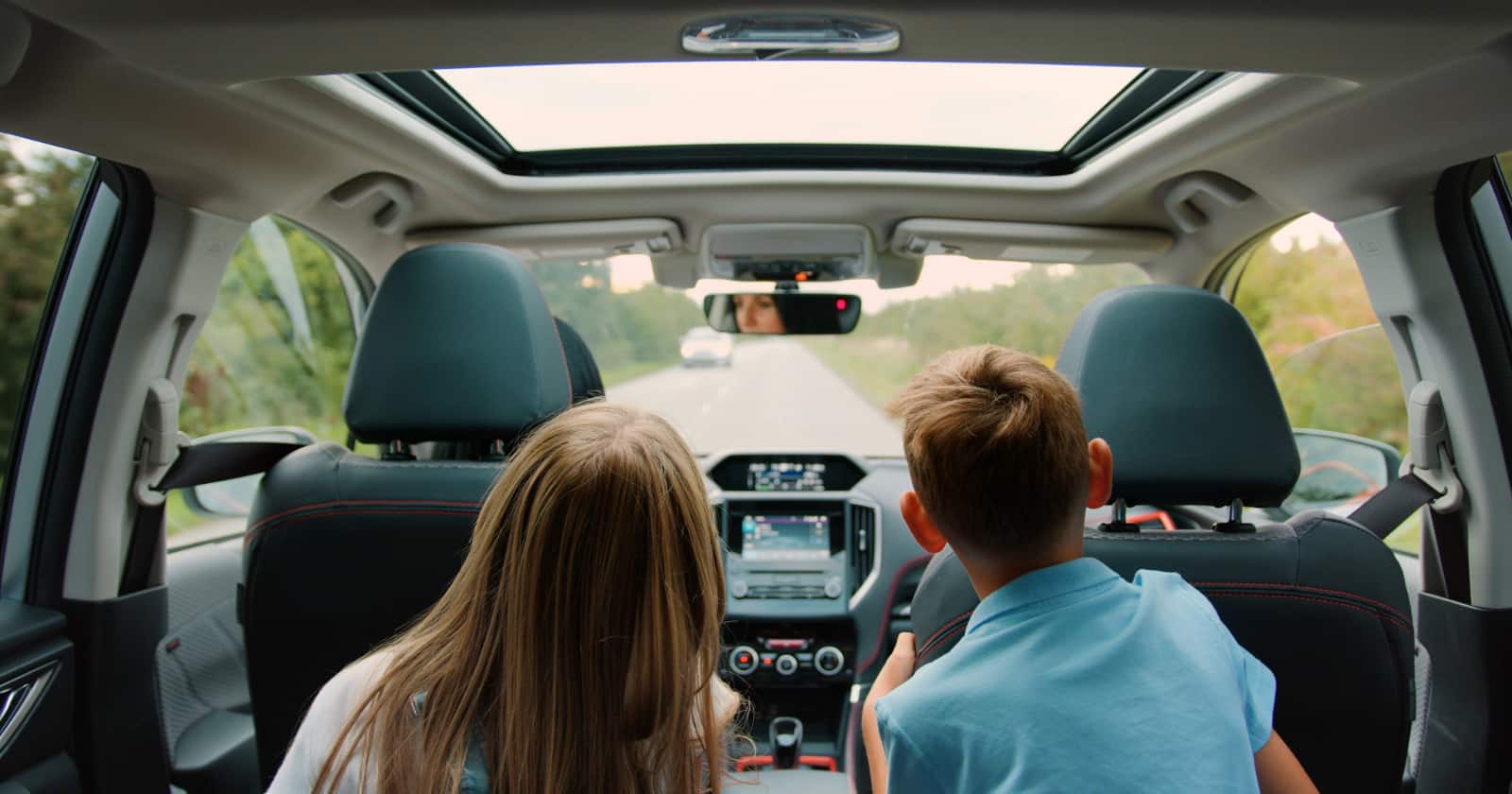Exploring the nation’s stunning national parks is one of the most rewarding experiences for RV enthusiasts. Whether you’re marveling at breathtaking canyons or relaxing on pristine beaches, visiting national parks offers an unparalleled opportunity to immerse yourself in the beauty of nature. Each park presents a unique adventure, ensuring that no matter which one you choose, you’re in for a spectacular journey.
This is especially true if you happen to travel by RV, which allows you to camp in or very near the amazing views offered by these parks. Not only that but choosing to travel by RV also saves you money, meaning you can see more of the incredible parks out there!
All that said, there are a few things you should know before you hit the road to see the national parks in your RV. Below are our top tips for any future national parks RV trips you might plan.
Research and Plan Before Visiting National Parks
Research is always important when it comes to visiting the national parks. This is because many of the parks have features that could change your plans.
For instance, a park that is home to mountain roads and high altitudes is best visited in a vehicle that can handle such climbs, and warm clothes might be necessary for the cooler temperatures at the top of those mountains. Additionally, these mountainous parks might require chains on your tires due to snowstorms, and sometimes they will even close roads entirely during the winter months.
Fortunately, the NPS website is extremely helpful and gives visitors all the information they might need. Whether you’re wondering about lodging and/or weather in the park, nearby places to get food, or what you might need during a hike through a particular park, you’ll find it on this site.
Invest in a Pass
If you plan to visit a number of national park sites in a 12-month time frame—and you should—an annual pass is a must-have.
The “America the Beautiful” pass is available to the general public for under $100 a year and will easily save you quite a bit of money. This is because the pass allows you free entry to nearly all of the NPS sites across the country, meaning it pays for itself after only a few visits to the bigger parks.
If you have a 4th grader or someone with special needs in your family, or if you’re a senior, you might be eligible for a free or deeply discounted annual pass, so be sure to ask about that before purchasing.
Check Your Size Before Visiting National Parks
Many of the campgrounds in the parks have size limitations. On top of that, there are a few parks that will not (or cannot) allow RVs to enter at all due to low clearances or steep climbs. Finally, there are some parks that do allow RVs but may have roads you aren’t comfortable driving a big rig on.
Make sure to check the website for any size limitations the park may have, as well as the condition of local roads. Be sure you are actually able to take your RV to the places you’re planning to go and are absolutely comfortable doing so.
If you can’t or won’t take your RV into a particular park or campground, there is always the option of camping just outside of the park and driving in for day trips. In some cases, this is the better option anyway.
Make Reservations
If you do plan to camp in one of the national park campgrounds, it’s important to be aware that many of the NPS campgrounds fill up during their busy seasons (which will differ from one park to the next), making it impossible to snag a walk-up site. In many cases, the campgrounds surrounding the most popular parks will also fill up during the busiest times of year.
Since you will definitely need a place to park your rig and call home for the duration of your visit, making a reservation is highly recommended in places where those are accepted.
Want to stay in a campground that doesn’t happen to accept reservations? We recommend arriving a few minutes before check-in time and/or planning your arrival for a Sunday when many campers will need to head out.
…or Choose Boondocking
Of course, there is always the option of skipping the reservation process and campground size restrictions altogether and choosing to boondock instead.
Boondocking is a wonderful option because it allows you to choose your view, which can be absolutely incredible when parking near many of the national parks. Fortunately, boondocking is also super convenient in many cases because the land surrounding many national parks is owned by the government and can be camped on free of charge.
If you do plan to boondock, we highly recommend investing in a generator, a solar power system, or a combination of both. You will also want to fill your freshwater tank and go into the trip with empty wastewater tanks. Check out this post for more in-depth info on boondocking.
Wrapping Up Visiting National Parks
Heading into your national parks RV trip with these tips in mind will help ensure your getaway goes off without a hitch (towing pun not intended). Why not start planning now? No matter which park you choose to visit, you’re bound to have an amazing time admiring nature with your loved ones.



